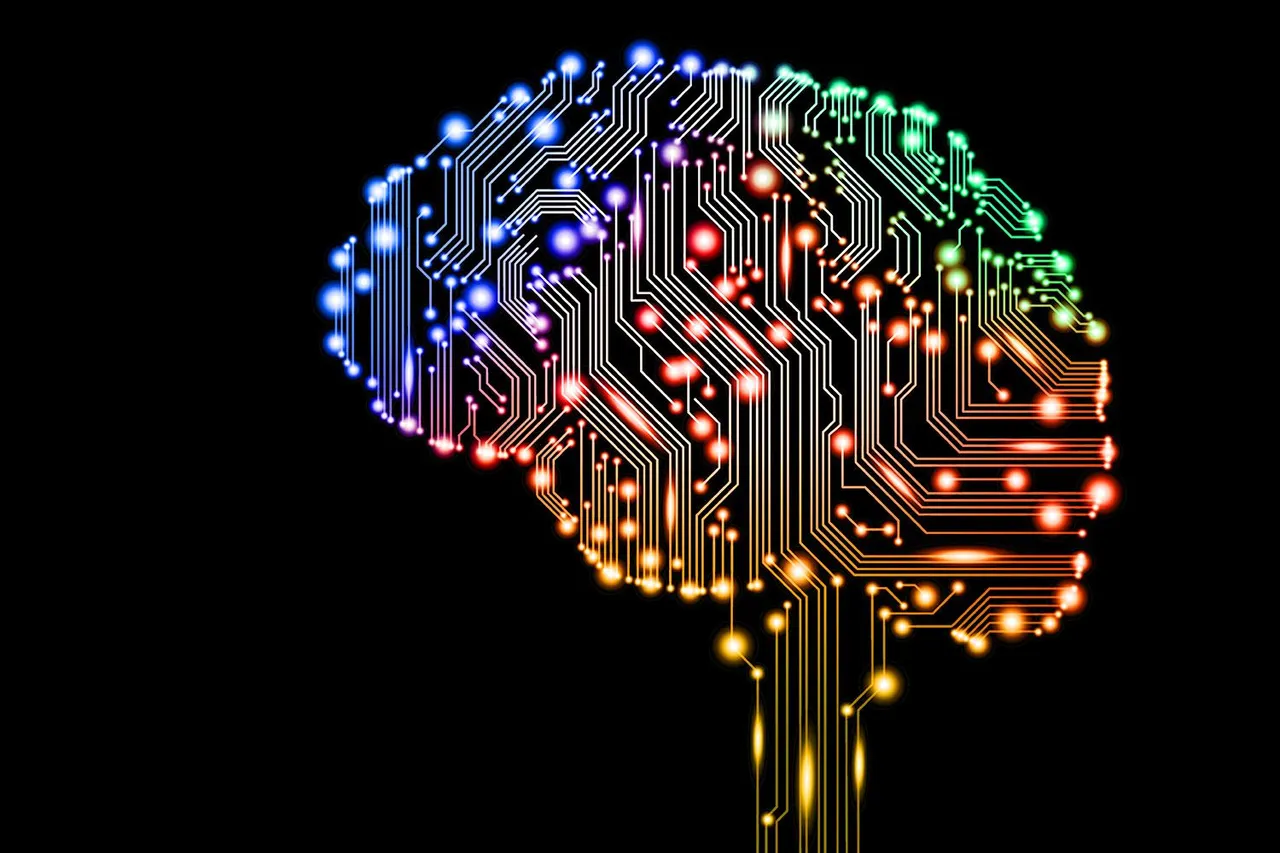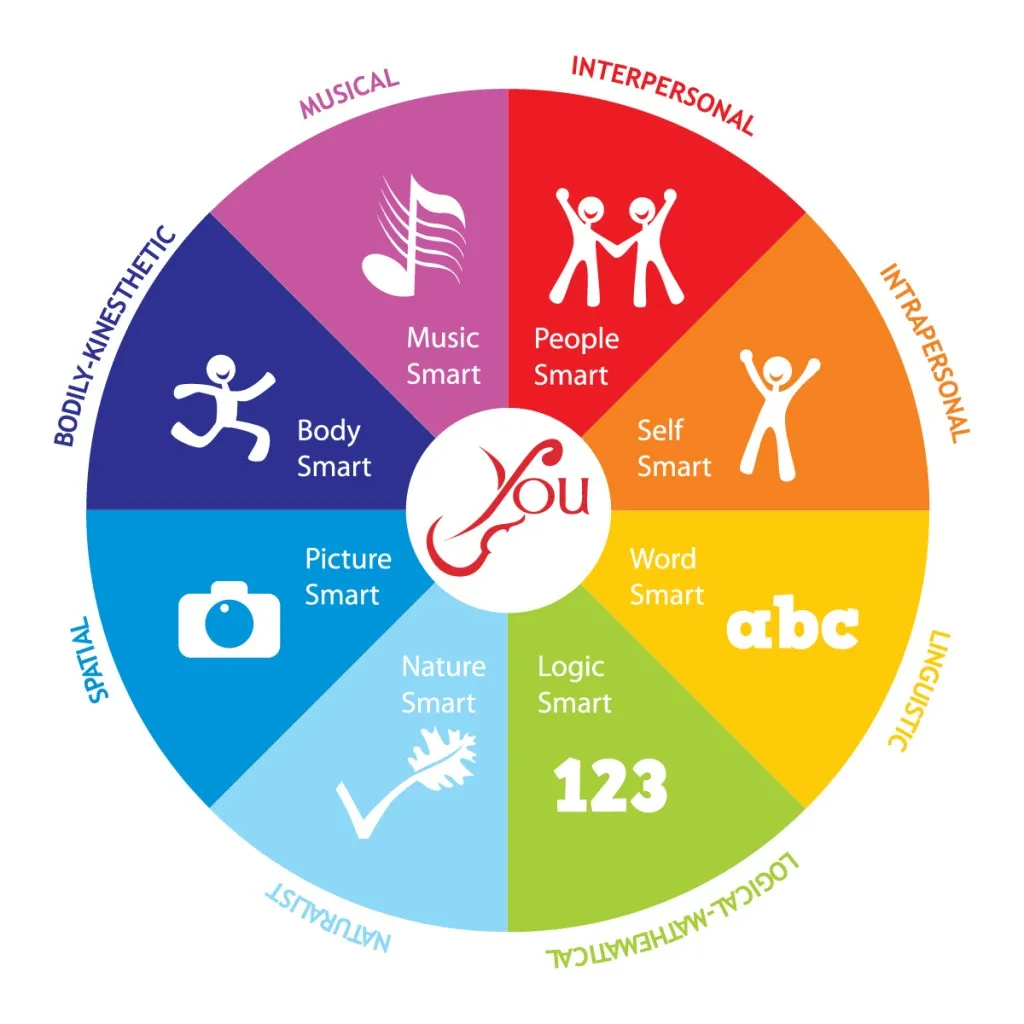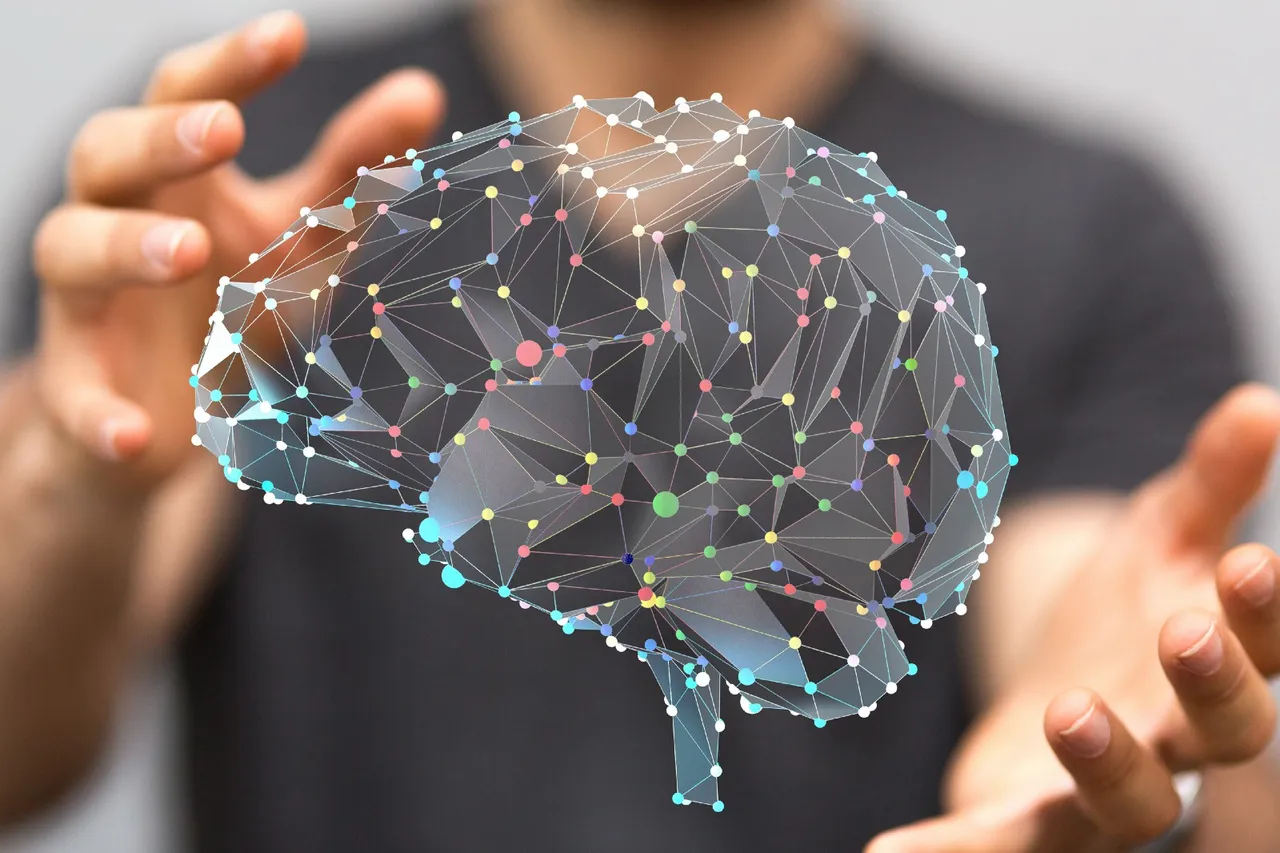
What is intelligence? Can we measure it? Is intelligence a biological or social construct? Questions about intelligence, especially human intelligence, have invited debate and reaped controversy among biologists, neuroscientists, and psychologists. There are various theories put forward by scientists to explain intelligence. Most of these theories fall to two main ideas: single intelligence and multiple intelligence. In this article, we will discuss about these two thoughts.
Single Intelligence
A single intelligence theory states that there is a factor, called the g factor, which can generally describe how intelligent a person is. This factor can be measured by an IQ test and claimed to be positively correlated with one's success in life.
The theory of single intelligence was first popularized by Charles Spearman, a British psychologist, in 1904. He undertook a study he published in the American Journal of Psychology that year. In his research, he applied a technique called factor analysis into the IQ scores of students and children.
What is factor analysis? Factor analysis is a technique in statistics to measure the level of variation in the variables related to each other, with the hypothesis we can reduce the number of these variables. For example, it may be that variations of the five variables only reflect variations of the other two variables. When Charles applied this technique to his respondent data, he found that students who scored high on certain cognitive abilities such as mathematical, visual, and memory also scored high on other cognitive abilities. Vice versa. This result suggests a general factor that describes a person's overall intelligence. He named it g factor with g for "general".

In 2007, Jung & Haier published their study of intelligence mapping theories they call "Parieto-Frontal Integration Theory" or P-Fit theory. This theory is claimed to have proved the existence of a biological basis in intelligence. In his research, Jung & Haier studied the results of 37 types of brain imaging from 1557 volunteers. They successfully mapped intelligence in the brain using IQ tests and various brain imaging methods such as magnetic resonance imaging (MRI) and PET (Positron Emission Tomography).
Jung & Haier's findings are thought to reinforce a single intelligence theory because of the linkage between g factor and how effectively neuron connections between certain parts of the frontal and parietal lobes in the brain. This study indirectly defines intelligence as a measure of the effectiveness of neuronal connections between the regions.
In addition to getting support, the theory of single intelligence also received various criticisms. One criticism that is often accepted by this theory is the absence of general conventions regarding the notion of intelligence, so IQ tests can not be used as a reference to measure it. IQ tests are also considered biased and do not take into account factors such as gender, education, and culture. Moreover, some consider the general intelligence theory and the use of IQ tests to have a negative effect because they are stigmatizing and labeling a person's intelligence level. If someone gets a low IQ score for example, there is a possibility he thinks he is not smart. This can trigger a loss of self-confidence and not maximizing one's talent and potential.
Multiple Intelligence
Multiple intelligence theory is a theory that divides human intelligence into modalities independent of each other. This theory was first proposed by Howard Gardner in 1983 in his book Frames of Mind: The Theory of Multiple Intelligences. In his book, he defines intelligence as a biopsychological potential for processing information that can be activated in certain cultural circumstances, and can be used to solve problems or create a product that people can appreciate.

He divides the modalities of intelligence into 9 categories: musical-rhythmic, visual-spatial, verbal-linguistic, logical-mathematical, bodily-kinesthetic, intrapersonal, interpersonal, naturalistic, and existential. Gardner strongly criticizes the use of IQ tests as a key measure in assessing one's intelligence. According to him, the IQ test overemphasizes the modalities of verbal, spatial, and mathematical intelligence and ignores other modalities. Furthermore, he states that virtually everyone has the ability in each modality, but with age, there is a sharpened intelligence modalities and some are not, depending on one's internal and environmental stimuli.
One proof for the theory of multiple intelligences is the loss of a person's cognitive abilities when exposed to brain injury. For example, people who lose a certain part of their brain may experience speech difficulties or loss of calculating ability. According to Gardner, this is a sign that the human brain works uniformly when performing complex cognitive tasks, with each part of the brain having the task of processing certain types of information. Therefore, intelligence can not be attributed only to certain parts of the brain, but to the whole brain with different functions. From there he then made the theory of multiple intelligences.
The theory of multiple intelligences gained much support, especially among educators. This theory is considered to have positive implications in education. One reason is that the multiple intelligence approach in the classroom allows educators to facilitate the students' personal needs in learning, given the fact that each student thinks in different ways. Various studies have been conducted on the application of the theory of multiple intelligence in education concluded that students experience improved performance in learning, both in the test scores and in enthusiasm, when the method is applied.
But in addition to gaining support, as well as the theory of single intelligence, the theory of multiple intelligences also received various criticisms. One of them is the lack of empirical evidence underlying the theory of multiple intelligences. This is because of the nature of Gardner's own theory which is difficult to test with existing facilities and equipment. In addition, Gardner and other researchers in the field of human intelligence still have not fully agreed on the meaning of intelligence. Some researchers consider Gardner's understanding of intelligence as too focused on human functioning in society rather than how the brain learns and absorbs information.
Conclusion

The human brain is a very complex organ. Even Michio Kaku, a famous physicist, says that the human brain is the complex organ in the universe that we know. The adult human brain has 100 billion neurons, and each neuron is connected to 1000 to 10,000 other neurons. It is a challenge for scientists to map out the functions of these neurons and fully understand the workings of the human brain. Therefore, it is only natural that there are differences of opinion among scientists to explain the phenomena that occur in the brain, including the differences in theory in explaining intelligence as we have discussed. Both theories above have evidence and scope of application is quite strong and diverse. Further research is still needed to eliminate either of these two theories and really understand how intelligence works in humans and other living things.
Reference:
https://perspektifofficial.com/2016/08/06/%E2%80%8Binteligensi-tunggal-atau-majemuk/
Gottferdson, Linda. (1998) The General Intelligence Factor. Scientific American, Inc.
Spearman, C. (1904). General intelligence, Objectively Determined and Measured. American Journal of Psychology, 15, 201-293.
Wikipedia. Factor Analysis. https://en.wikipedia.org/wiki/Factor_analysis
Jung, Rex dan Haier, Richard. (2007) The Parieto-Frontal Integration Theory of Intelligence: Converging Neuroimaging Evidence. USA: Behavioral and Brain Sciences.
Boundless (2016). Boundless Psychology. Retrieved from https://www.boundless.com/psychology/textbooks/boundless-psychology-textbook/intelligence-11/measuring-intelligence-62/controversies-in-intelligence-and-standardized-testing-241-12776/
Gardner, Howard. (1983) Frames of Mind: The Theory of Multiple Intelligences. New York: Basic Books.
Paik, Han. Personality Research (1998). http://www.personalityresearch.org/papers/paik.html
Armstrong, Thomas. (2009) Multiple Intelligences in the Classroom 3rd ed. Alexandria, VA: Association for Supervision and Curriculum Development.